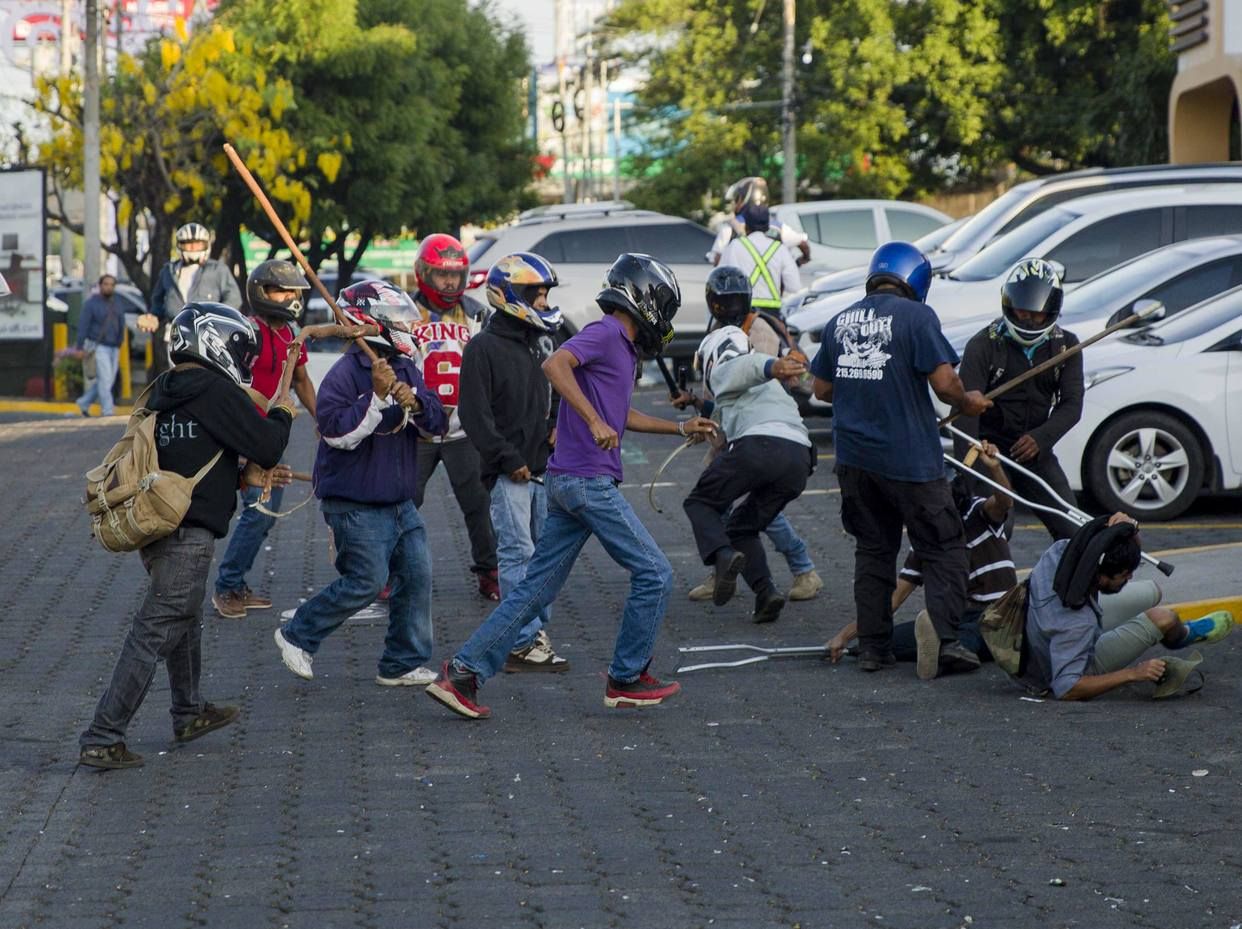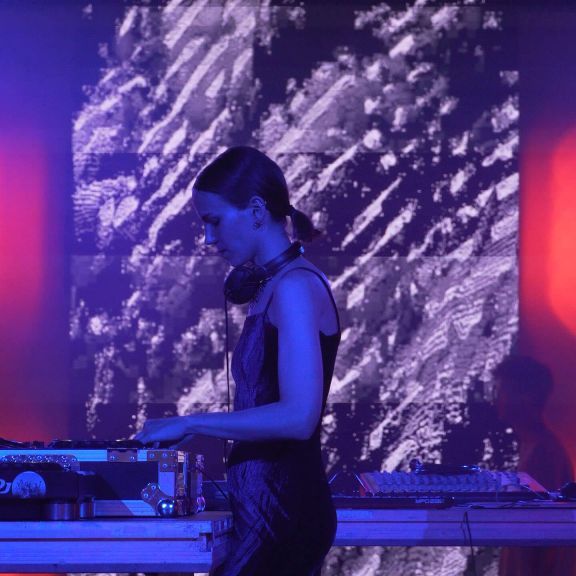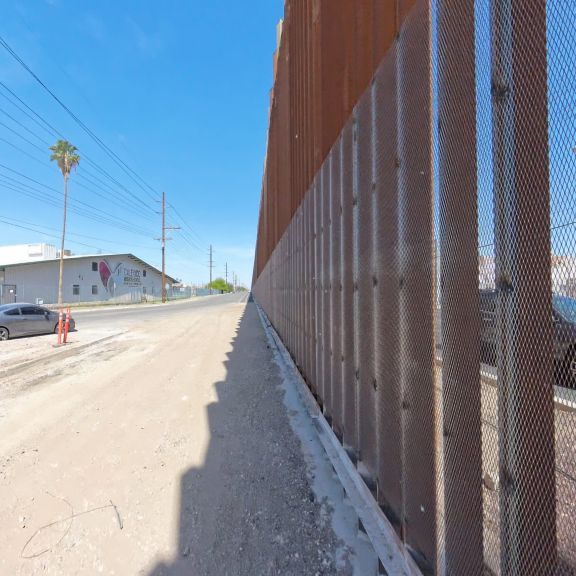
Approximately 30 civilians died in street riots in Nicaragua after President Daniel Ortega announced plans for the reform of social security system. The army is monitoring a tense situation in many cities and waiting for people to calm down. President Ortega said USA is responsible for the bloodshed.
USA deadly plans
Thousands of people in Nicaragua organized peaceful demonstrations on Tuesday and demanded the end of fighting and the punishment for those responsible for the bloodshed. “Ortega – get the hell out!”, “Freedom!”, “Ortega and Somoza – they are the same!” – people were shouting. The police released more than 200 detained students who claim they were beaten while being arrested.
According to Daniel Ortega, the demonstrations that began a week ago were organized by the far right financed by the US government in order to destabilize the country, as it had happened before in Venezuela. The President said that the Americans deliberately plot against his government and jeopardize the lives of boys who participated in the protests.
– Young people do not remember the horror of war, do not know what pain, tragedy, terror mean, how the country and family bleed – he said. – The aim of those who are making evil plans is to destroy the image of Nicaragua.
At the same time, he confirmed that he would withdraw from the social security reform and would return to the dialogue with the Supreme Council of Entrepreneurship (COSEP) to discuss the reform proposals of the Nicaraguan Social Insurance Institution (INSS).
A question mark over future pensions
Nicaraguans started to protest when the President decided to approve the reform of the social security system after the negotiations with the group of businessmen on April 16. INSS is on the edge of the precipice – it already has $75 million deficit due to the poor management of funds. In 1994 INSS lent $14 million to a Housing Bank. The money was never given back. In addition, over the last 10 years, the minimum pension has increased by more than 300%. The head of INSS warned that the reform is needed, otherwise the sector will be privatized due to the lack of money for pensions.
President Ortega wanted to raise the social security contributions from 19% to 22.5% for entrepreneurs and from 6.25% to 7% for employees. Moreover, the pensioners were to start paying 5% of pension taxes. Such steps were recommended by the International Monetary Fund. After implementing the reform, it would still have been possible to retire at the age of 60 or after working for 15 years / 750 weeks. These are one of the lowest retirement conditions in the world.
“Yes to Democracy. No to Dictatorship”
– When Ortega was elected in 2007, he began to govern taking inspiration from Cuba and Venezuela – says José Amor, a political scientist. – It was not a problem as Venezuela supported Nicaragua financially. Now Venezuela is in crisis, money is over, and the citizens are worried about future.
The demonstrations took place in Managua and 14 other cities. Pensioners went out on the streets first, then the employees joined them (the companies gave them some days off). Youth gangs started burning tires and state buildings. Many observers were surprised that the students, who had not shown any interest in politics before, joined the protests.
“Yes to democracy, not to dictatorship!”, people were shouting.
According to Elvira Cuadra, a sociologist, young people, who grew up in a democratic state, got tired of corruption, bankruptcy of the Nicaraguan Social Insurance Institution, price increase of gasoline and electricity and other malpractice, like the fact that Ortega’s wife became the vice-president of the country. Another planned reform was simply too much.
According to non-governmental institutions, about 30 people died because of clashes with the police. Ángel Gahona, a journalist of “El Meridiano” was shot dead during a live broadcast.
Former revolutionary
Daniel Ortega is said to be a controversial politician. He comes from a poor family, but thanks to a friendly priest he managed to get an education. He was the leader of the Sandinista National Liberation Front (FSLN), which led to the overthrow of Anastasio Somoza’s regime in 1979. Ortega later became a member of the government and he was elected the President of the country in 1985. At that time, civil war continued in Nicaragua and the government fought against the US-supported rebels. Ortega was elected again in 2006. Although the Constitution of Nicaragua does not allow it, now he is the President for the third term. Ortega managed to convince the court that such ban violated his human rights.
He was considered by many as a calm and conservative politician who supported local business and looked for loans and opportunities for new investments using the International Monetary Fund in Washington. He was also a friend to Hugo Chávez, the President of Venezuela, and to Fidel Castro.
Photo: Demonstrators in Managua.






















